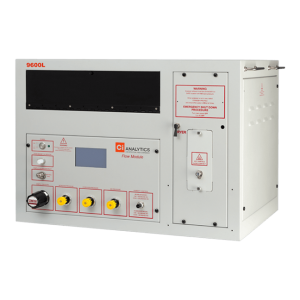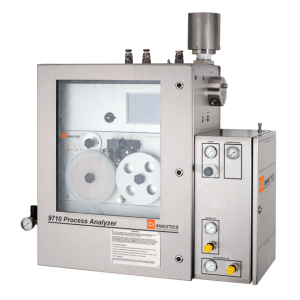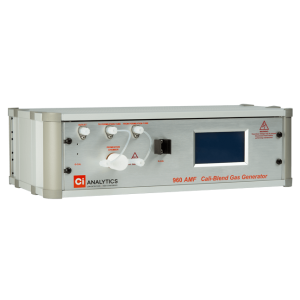The chemistry of NOₓ compounds at different pressure and temperature conditions inside the cold box unit can create a potentially explosive environment. The creation of gummy by-products as a result of a reaction between conjugated dienes must be monitored. In many cases, NOₓ gums may be formed from simple olefins with trace level dienes. NOₓ gums formed at cryogenic temperatures tend to be much more unstable and potentially explosive.
The recovery of carbonaceous residues (also known as coke) during the fluidic catalytic cracking (FCC) is a normal practice in petroleum refining processes. It is necessary to recover the activity of the noble metal catalysts used during the FCC because most of the coke residues are accumulated in the active sites of the catalyst and the treated coke residues produce significant amounts of valuable hydrocarbons such as olefins. The cold box unit is used to cryogenically separate the olefins and other hydrocarbons, but it becomes a hazard because of the formation of unstable nitro and nitroso organic compounds by reaction of nitrogen oxides at low temperature with unsaturated hydrocarbons (such as ethylene, propylene, butadiene, propadiene and acetylene). Hence the removal of nitrogen oxides (mainly nitric oxide, nitrogen dioxide and dinitrogen trioxide) before the cold box unit is necessary.
Within the nitrogen oxides compounds, NO2 is the most prevalent in the atmosphere. This compound is produced by anthropogenic activities. NO2 reacts in the ambient air to produce tropospheric ozone, other air pollutants acting as a greenhouse gas that is toxic to plants, and a respiratory irritant for humans.
The CI Analytics NOₓ Analyzer can measure total nitrogen oxide content at ultra-low concentration ranges without the typical interferences observed with other technologies, such as chemiluminescence.
Typical NOₓ analyzers can monitor NOₓ content in the air. However, when these technologies are transferred to other background gases (e.g., light hydrocarbon mixtures of gases), the accuracy and robustness of the methods are compromised due to an interference issue. Our proprietary total NOₓ analyzer meets the process needs since the instrument is designed to accommodate multiple concentration ranges in the same unit for multiple stream samples.



